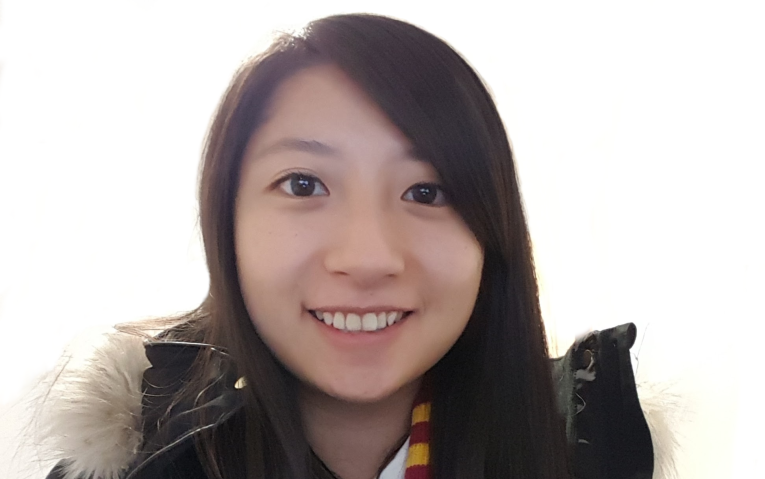
Kate Huang
Doctor of Philosophy in Experimental Medicine (PhD)
Research Topic
Mutations in the giant protein titin and risk of heart rhythm disorders
Development of iPSC-based tissue models to study and model contributions of genetics to heart disease. You will be mentored in tissue engineering, microscopy, cardiac electrophysiology, and more.
Candidates should have undergraduate records demonstrating strong critical thinking and communication skills.
Previous experience in:
-mammalian tissue culture; demonstrated success with human stem cell lines strongly preferred
-molecular and cellular techniques (qPCR, flow cytometry, western blotting, etc)
G+PS regularly provides virtual sessions that focus on admission requirements and procedures and tips how to improve your application.
These videos contain some general advice from faculty across UBC on finding and reaching out to a potential thesis supervisor.
Theses completed in 2010 or later are listed below. Please note that there is a 6-12 month delay to add the latest theses.
Introduction: Proper characterization of cardiac tissues is a complex problem, as in addition to the metabolic and transcriptional machinery that may govern the activity of other cell types, cardiomyocytes also possess important electrical and mechanical properties. Optical mapping is a fluorescence microscopy technique which uses fluorescent voltage and calcium sensitive dyes and high-framerate imaging to capture electrical behaviors. This technique is uniquely valuable because of its ability to provide both temporal and spatial data at high-resolution, which can be useful when considering the importance of tissue engineering techniques to modern research in cardiovascular regenerative medicine. The challenge with optical mapping is that data analysis software is inaccessible to many groups. A lack of open-source options requires research groups to develop in-house expertise in software development, image processing and signal processing to employ the technique. The impact of this inaccessibility is that many groups are unable to adequately characterize electrical activity, which due to excitation-contraction coupling is a fundamental precursor to any discussion of contractile activity and therefore limits future utility in regenerative medicine applications. Methods: Our group has developed an analysis package for the analysis of optical mapping data. The package is written in Python and uses open-source packages such as numpy, scipy, opencv and scikit-image. The package enables the user to manually explore data for parameter optimization and perform automated batch analysis. The tool is flexible; it can be used with a variety of model systems and can be scaled to use modern cloud computing infrastructures for analyzing high-throughput experiments at scale. Results: Our analysis system has been validated using tissue from three model systems: cardiac monolayers, embryoid bodies, and engineered heart tissues. The tool can extract feature space representations describing both repolarization and depolarization dynamics within time-series recordings. Our results validate our implementation by recapitulating known differences between different biological preparations (ex. atrial and ventricular cells). We also present results from novel feature engineering techniques for the characterization of diastolic depolarization to distinguish pacemaker and working cardiomyocytes.Conclusion: Our tool will help biologists in the cardiovascular research space accelerate their discoveries by more holistically characterizing their samples.
View record
Member of G+PS
View explanation of statuses
If this is your researcher profile you can log in to the Faculty & Staff portal to update your details and provide recruitment preferences.